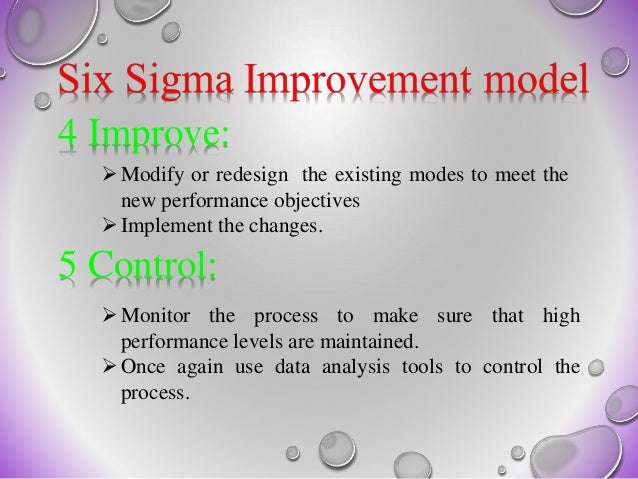

The Master Black Belt Level is the most advanced level of Six Sigma mastery. The heart of your responsibilities in this role includes leading project teams, analyzing complex data, and designing innovative solutions.Īt the Black Belt level, you will need all the skills you acquired as a Green Belt, but while Green Belts focus on process improvements, Black Belts focus on innovation and designing the processes themselves. As visionary change agents, they must combine strategic leadership with technical skills.

Positioned above the Green Belt, the Black Belt symbolizes an advanced understanding of statistical methods, project management, and leadership.īlack Belt holders are the driving force behind process improvement initiatives within their organizations. The Black Belt level represents the epitome of process improvement mastery. You must be skilled at communication, leadership, and problem-solving to guide cross-functional teams to success.Īlso Read: Lean Six Sigma Green Belt Exam Questions and Answers Black Belt Level You will work with Black Belts to lead process improvement projects, identify root causes, and implement solutions.Īs a Green Belt, you will need to be a master of statistical analysis, process optimization, and project management. In this role, you will need both technical expertise and leadership skills. Once you reach the Green Belt level, you will be instrumental in driving continuous improvement initiatives. Although Green Belts may have less experience than Black Belts, they are still Six Sigma experts.

This level signifies advanced expertise in process improvement methodologies. The Green Belt is at the heart of the journey up the Six Sigma levels. A passion for problem-solving will help you flourish as a Yellow Belt practitioner. You will still need a keen eye for detail and an analytical mindset. Your foundational toolkit should include a solid grasp of data analysis, process mapping, and root cause analysis. The skills required at this level are a step up from those of a White Belt. Your responsibilities here include working with Green and Black Belts to support project initiatives and helping with data collection and analysis. This pivotal level bridges the gap between the introductory knowledge learned as a White Belt and the advanced skills of Green and Black Belts.Īs a Yellow Belt, your role is multifaceted, blending the understanding of the principles of Six Sigma with their practical application. The next stepping stone to process improvement mastery in the Six Sigma methodology is the Yellow Belt. An eye for detail, a collaborative mindset, and a passion for operational excellence will also help.Īlso Read: What Is Lean Management, and Why Is It Worth Mastering? Yellow Belt Level You should know basic statistics, problem-solving techniques, and process mapping. While this is an entry-level Belt, some skills and knowledge are necessary. At this level, you serve as a bridge between the foundation principles of Six Sigma and the hands-on implementation of its practices. Your responsibility here is to learn the fundamental concepts and methodologies, support project teams, and contribute to process improvement initiatives in your organization. But even though this belt is an introduction to Six Sigma, it is not a passive role. This is your entry point into continuous improvement and operational excellence. The White Belt Level is at the base of the Six Sigma hierarchy. Here are the levels of Six Sigma belts: White Belt Level Each Six Sigma Belt prepares you for the next level. The Six Sigma methodology uses a system of colored belts to signify certification levels. Let’s start by looking at the levels of Six Sigma Belt certification. We will also discuss how 6 Sigma Belt Levels can be applied in practice to drive meaningful improvements in various industries. We will delve into the roles and responsibilities associated with each belt level, the training requirements, and the benefits of earning Six Sigma certifications. In this guide, we will explore the Six Sigma Belt levels, which represent the expertise of professionals in this methodology. With its structured approach and focus on data-driven decision-making, Six Sigma has become essential for professionals looking to advance their careers and contribute to their organization’s success.

One proven methodology in driving process improvement is Six Sigma. In today’s competitive business landscape, organizations constantly seek ways to improve their processes and reduce costs.


 0 kommentar(er)
0 kommentar(er)
